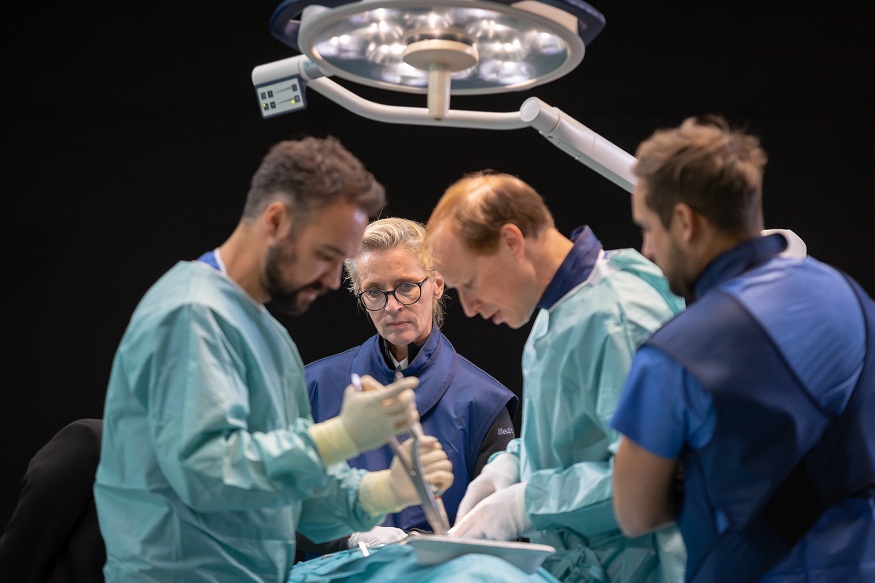Orthopedic surgery is changing fast. Robotic technology is leading the way. It offers precision and control. Surgeons now have tools that improve outcomes. From knee replacements to spinal procedures, robotics is making its mark. Take, for instance, Albany neck and back surgeries. Robotic systems assist in complex maneuvers. This tech helps ensure better alignment and recovery. Understanding these advancements is crucial. Let’s explore the world of robotic-assisted orthopedic surgery.
How Robotic Technology Transforms Surgeries
Robotic systems in surgery bring a new level of accuracy. Surgeons use them for delicate procedures that demand precision. These systems help reduce human error. They offer a steadier hand than what is sometimes possible manually. The technology provides real-time feedback. This allows for immediate adjustments. It can make surgeries safer and less invasive.
Key Benefits of Robotic-Assisted Surgery
Robotic technology offers several advantages:
- Increased Precision: Robots can operate with incredible accuracy.
- Reduced Recovery Time: Smaller incisions lead to faster healing.
- Improved Outcomes: Alignments are more accurate, leading to better results.
These benefits make robotic-assisted surgeries appealing to both surgeons and patients. The systems enhance a surgeon’s capabilities, not replace them. This collaboration between human skill and technology promises a brighter future for orthopedic surgery.
Comparison: Traditional vs. Robotic Surgery
To understand the impact of robotics, it’s helpful to compare it with traditional methods:
| Aspect | Traditional Surgery | Robotic Surgery |
| Incision Size | Larger | Smaller |
| Precision | Varies | Higher |
| Recovery Time | Longer | Shorter |
| Surgeon’s Role | Direct | Assisted by Robot |
Robotic systems enhance surgical procedures, making them less invasive and more precise. This comparison highlights the transformative nature of robotics in healthcare.
Real-World Applications and Studies
Robotics in orthopedic surgery is not just theoretical. Real-world applications show promising results. Studies from institutions like the National Center for Biotechnology Information and the National Institutes of Health confirm the benefits of robotic-assisted surgeries. These studies underline improvements in surgical precision and patient outcomes.
For example, knee replacement surgeries have significantly improved. With robotic systems, surgeons can plan and execute more accurately. This leads to better knee alignment and function post-surgery. Many patients report less pain and quicker recoveries.
Challenges and Future Prospects
Despite the clear benefits, robotic surgeries face challenges. One major hurdle is cost. Robotic systems are expensive. Not all hospitals can afford them. Training is another challenge. Surgeons need to learn new skills to use these systems effectively.
However, as technology advances, costs are expected to fall. More training programs are emerging to bridge skill gaps. The future of robotic surgery looks bright. We can expect more widespread use and continued improvements in surgical care.
Conclusion
Robotic technology is reshaping orthopedic surgery. It offers unparalleled precision and promises better patient outcomes. From knee replacements to spinal surgeries, the benefits of robotics are becoming clear. As we look ahead, the adoption of these technologies will likely grow. While challenges remain, the potential for improved surgical care is undeniable. Robotic-assisted surgery is here to stay, leading us toward a new era in healthcare.




